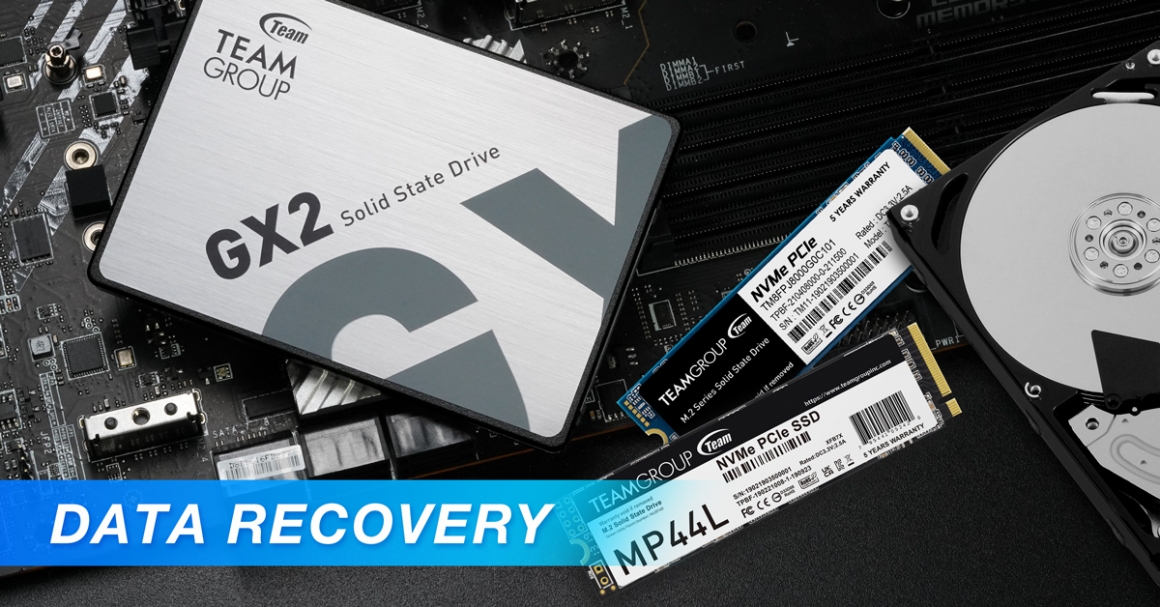
When it comes to data rescue, it is important to understand how the drive store data. If you missed the last issue, remember to go make it up first.
Why Is There a Big Difference in Read/Write Speed Between HDD & SSD? Why Are People Still Willing to Buy a Slow-Speed HDD?:
You will find that most articles on the internet say that hard disk drive (HDD) is easier to recover data, because hard disk drive (HDD) stored data on the disk, as long as the disk is not severely scratched or damaged, basically the data can be rescued successfully. In fact, the principle is the same as the CD we generally use.
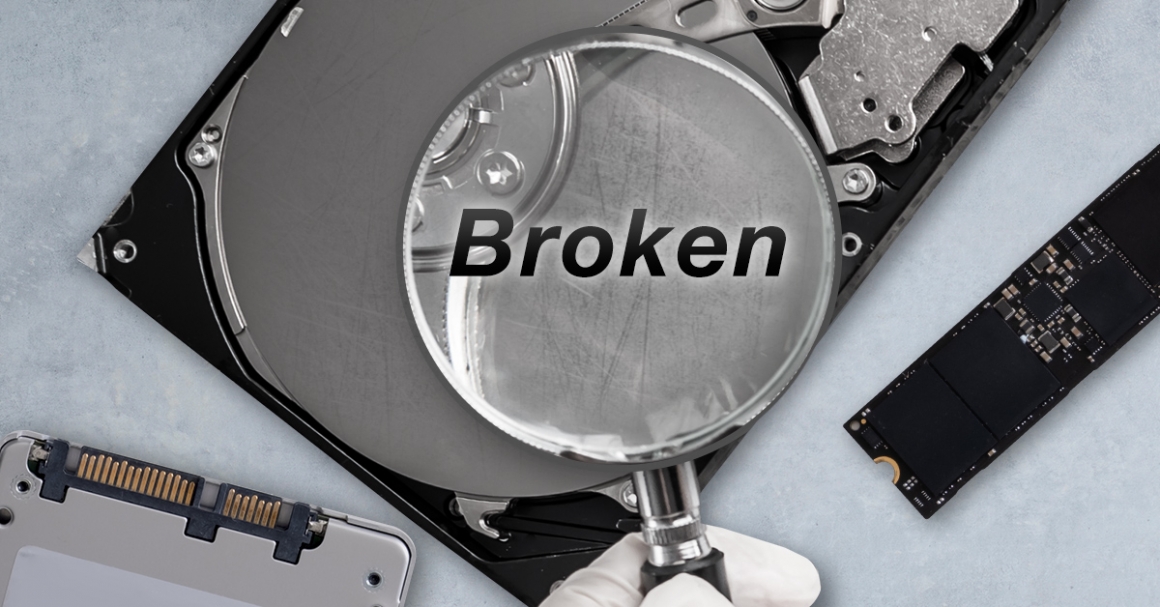
Solid state drive (SSD) stores data in flash memory (NAND Flash), and when an SSD deletes data, it doesn’t completely remove the data from the drive, but first marks the file you want to delete and tells the drive that the data storage block is available, so the next time you save data, the block will be overwritten, and the old data will then be completely gone. However, it should be noted that some SSDs have Garbage Collection mechanism and are designed with the Trim command. Even if you don’t write data to the SSD again after deleting a file, the deleted data may be completely erased due to the above mechanism of the drive.
As you can see, there is no guarantee that the data rescue software will be 100% successful when rescuing data from the drive. In addition to the situation where the data is completely erased due to the above reasons, it may also be that the components in the SSD are damaged and the data cannot be read. This is not a situation that can be solved by using rescue software. Today, I will focus on the parts that the rescue software can handle, and pick out the 3 most common situations when data disappears, and what to do when you encounter these situations.
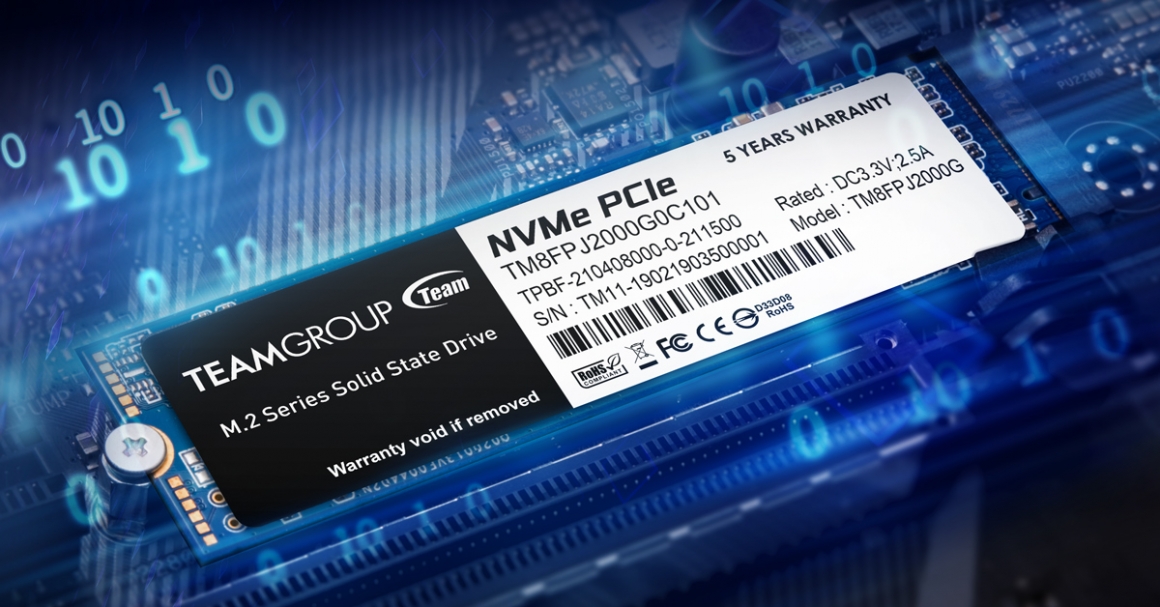
Don’t say that you have never made this mistake, there must be someone out there like me who accidentally deleted data in the SSD by mistake. Believe me, the first thing you’ll do is swearing for a few moments, and then start to panic. Don’t panic everyone, we need to keep calm. When you delete a file by mistake, do not read or write the drive to avoid the storage location of the original file being overwritten by new data and the original file being erased. Cut off the power immediately, and then see if you want to recover it by yourself or hand over to a professional for data rescue.
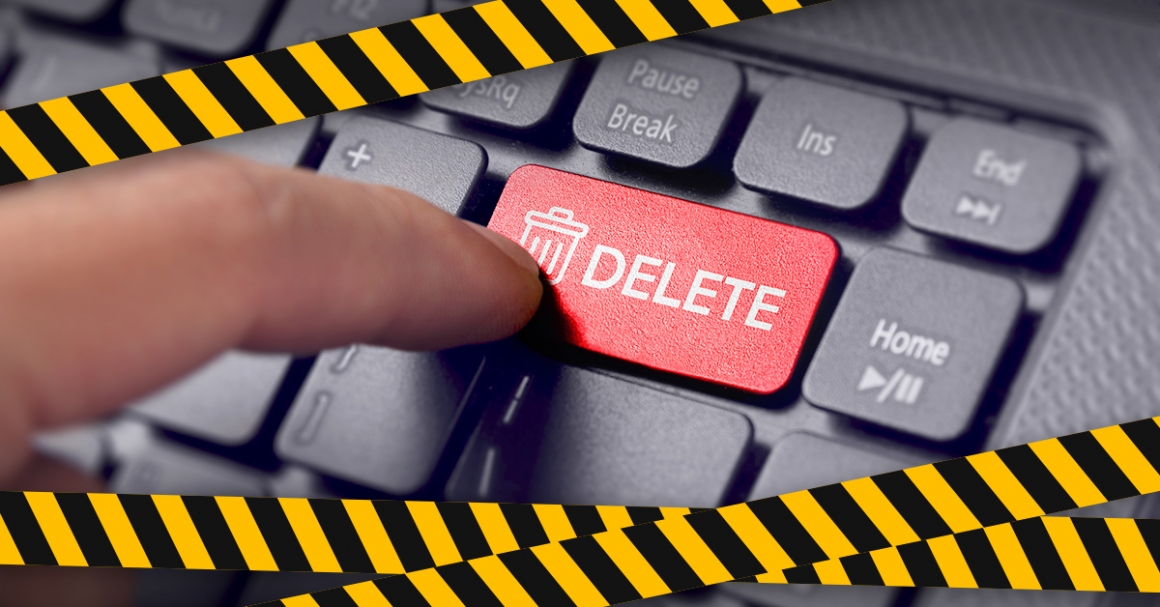
There are 2 types of formatting: “quick format” and “low-level format”. If you pick the quick format, congratulations, the data still has a chance to be rescued, but if unfortunately, you perform a low-level format, the data will be gone forever. If you did a quick format by accident, please remember not to read or write the drive as well. Power off the drive and see if you want to rescue the data by yourself or hand it over to professional for data recovery.

When you are accessing files in normal operation, the operation time is significantly longer than your usual time, or there is a stock situation, it is most likely that your drive is starting to suffer from damage. If the data transfer operation is still successfully completed after a long time of access, it means that the access command has been completed. When this happened, I strongly recommend that you immediately backup the data then check and fix it before it fails completely; However, if it is totally stuck halfway through storage or even crashed, it means that the data may not be accessed completely. At this moment, it is recommended that you do not store data to the drive and copy the original data in the drive to other devices as much as possible, and then decide to rescue by yourself or ask a professional for data rescue.
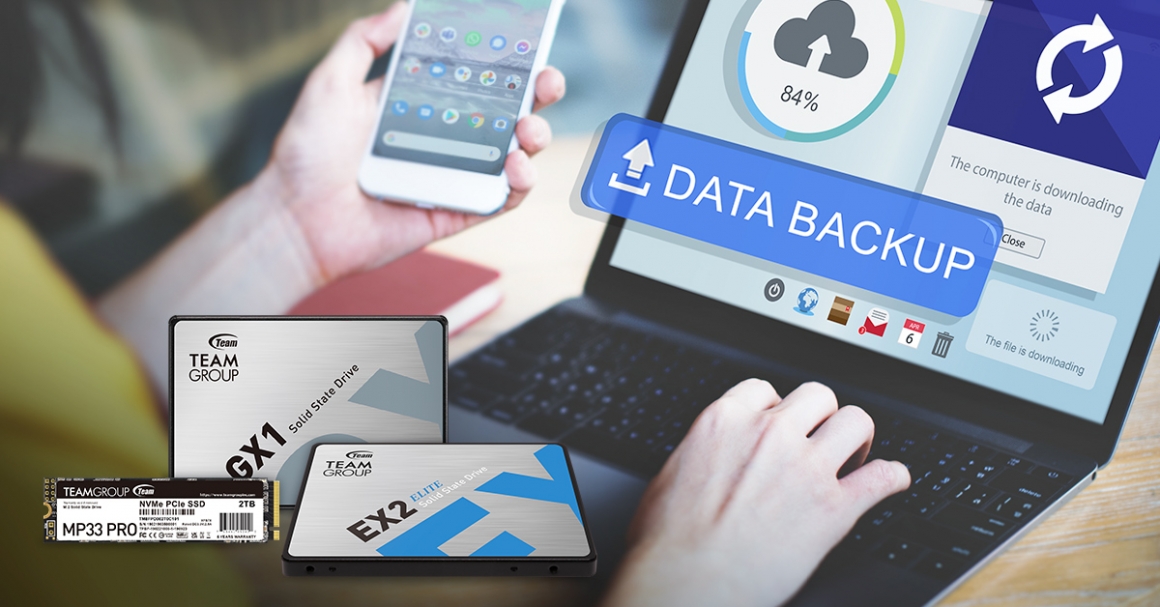
I suggest that if you want to rescue data by yourself with free data rescue software from the internet, you can clone the drive you want to rescue to another drive first, and then rescue the data. This way, even if you fail, you can still give the original drive to the professional for data recovery!
Last reminder! Please be sure to remember!!
No matter how powerful data rescue software is, it can’t compare to the good habit of daily data backup, so that even if the drive suddenly breaks down, you don’t have to worry about losing your precious data.